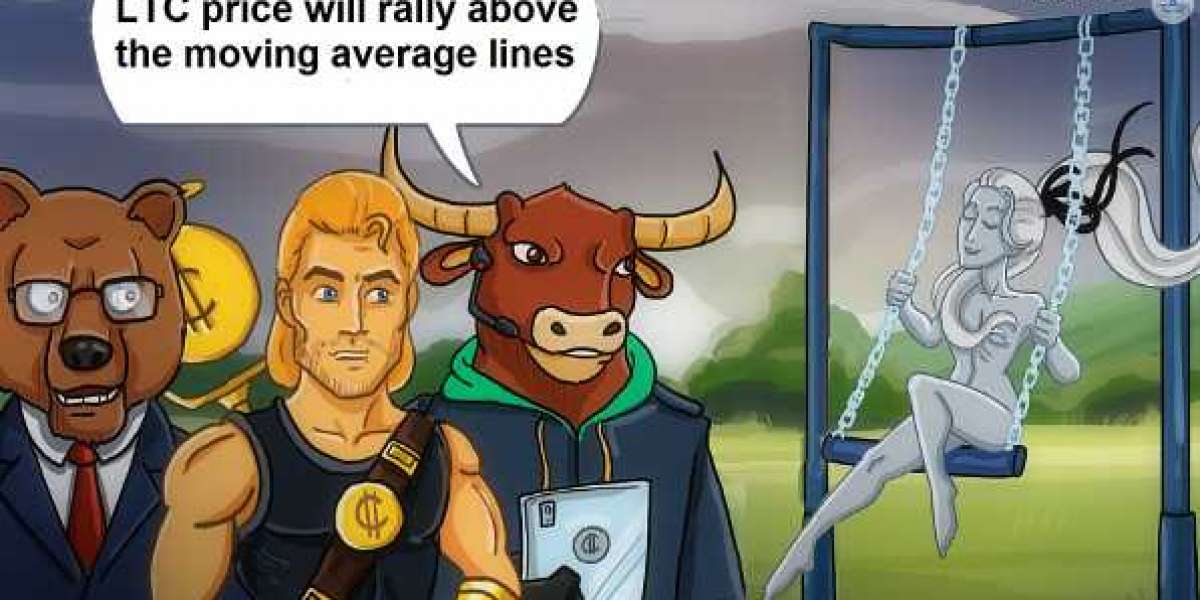The NFT collection, which was developed by Justin Roiland, co-creator of Rick and Morty, and Paradigm, a crypto investment firm, was released today at 20:20 UTC to considerable hoopla and anticipation. Although the project was initially released as a free mint, which meant that enthusiasts were required to pay only gas fees in order to secure their NFTs, the unrevealed NFTs are already trading for tens of thousands of dollars on secondary markets. This is despite the fact that the project was initially launched as a free mint.
At the time this article was written, the least expensive Art Gobbler NFTs were trading on OpenSea for 12.5 ETH, which is equivalent to around $19,575. Shortly after the debut, some pieces were trading for closer to 15 ETH. According to information obtained from the newly established NFT marketplace Blur, the collection has already amassed more than 10,4 million dollars' worth of trade volume, which is equivalent to 6,714.07 ETH.
The initial supply of 1,700 NFTs was made available for minting through the Art Gobblers website, which was accessible to addresses that had been whitelisted. The artwork for the NFT, which is now being displayed, depicts a pulsating incubation chamber in a cartoonish way in advance of a reveal event scheduled for November 1. Along with the 300 Art Gobbler NFTs that have been set aside for the project's original developers, the project's one-of-a-kind minting process is slated to distribute another 8,000 Art Gobbler NFTs over the course of the next ten years.
The Art Gobblers collection is intended to function as a factory NFT, which means that Gobbler NFTs will be able to generate a token known as GOO. New Gobbler and Blank Page non-fungible tokens can be generated with the help of the GOO token. Artists are able to use the Blank Page NFTs as a digital canvas, which Gobblers are subsequently able to consume. As a result, ownership of the artwork is transferred from the artist to the Blank Page NFTs themselves. Gobblers have the potential to develop into tradable and decentralized art galleries.
The tokenomics of Art Gobblers, on the other hand, leave a lot to be desired because the project benefits early Gobbler owners at the expense of future buyers of Art Gobblers. The more GOO a Gobbler possesses, the more GOO it will emit, increasing in a linear fashion. This creates a window of opportunity for Art Gobbler whales to establish a monopoly over the economy of the art experiment.




Alphonsus Odumu 4 w
Art gobbler